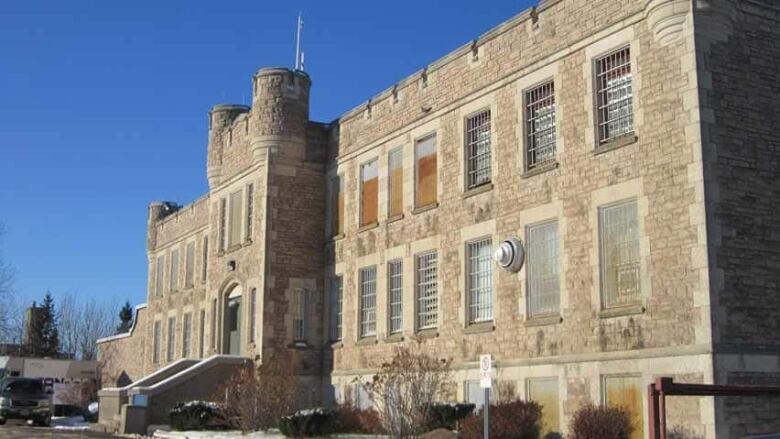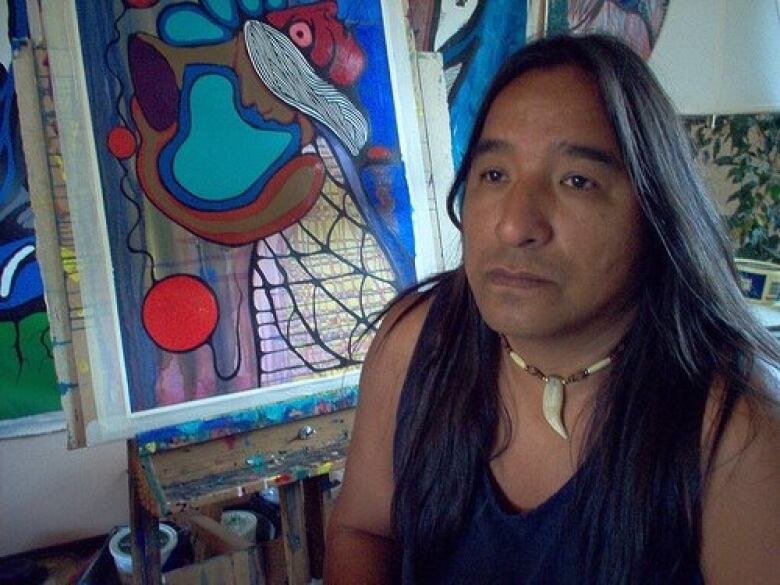Thirteen people have died in the Thunder Bay jail since 2002, here's why
Inquests have been completed for only eight of the thirteen people

The Thunder Bay jail has been called, "a hellhole" and "a factory that produces broken Indigenous people."
It's a place where addictions fester; wherepotentially life-savinginformation about inmate health gets lost.
It's also a place where 13 people have died since 2002.
Twelve of those people were in remand, waiting for their futures to be decided.
At least seven were Indigenous.
And more than half died before reaching the age of 30.
Under the Ontario Coroner's Act, a public inquest is mandatory when a person dies while in custody or being detained unless the death is deemed to have occurred naturally.
Inquests are held "for the purpose of informing the public about the circumstances of the death," and recommendations are suggested with the hope they "will prevent further deaths," according to the Ministry of the Solicitor General's website.
But a CBC News review of the eight completed inquests since 2002 reveals that several of those recommendations to make jails a safer place for inmates have gone unheeded over the last 18 years.
Suicide and overdoses main causes of death
Of the 13 people, inquests have been completed into eight of the deaths, four are considered "pending," and one is not subject to an inquest, as per provincial regulations.
Four deaths were ruled a suicide after their bodies were found hanging in a number of places in the jail including a shower and cells used for solitary confinement.
At least three were caused by overdoses on methadone.
Another was the result of untreated, severe symptoms of alcohol withdrawal.
Communication within the jail a persistent issue
In 2006, one man's body was discovered "suspended from the end of his bunk by a noose made of torn bed sheet material."
The man was placed on "suicide watch on a number of occasions" throughout his incarceration, but he was not on suicide watch the day his body was found.
But the inquest later found that days before he died, the man moved cells, and during his relocation, "a noose type ligature was found in his cell."

A memo providing details of the "bed sheet noose seems to have been lost in the system and the potential upgrading of his watch status did not occur," according to the inquest.
In another instance, a man's death was ruled to be caused by methadone toxicity, but the inquest suggested that "information about [the man's] intoxication and another inmate's suspected diversion of methadone did not reach the healthcare providers in a timely manner."
Seven of the eight inquests suggest that improved information flow could have potentially saved the lives of the inmates, with half of them specifically recommending the creation of an electronic medical record system.
Brent Ross, a spokesperson with the Ministry of the Solicitor General, would not say if or when an electronic medical record system would be implemented across correctional facilities.
But in a written statement, Ross said "progress continues to be made across the correctional system, including ongoing work to update information management and gaining access to the Provincial Electronic Health Care Record."
More training to deal with alcohol and drug use, and more space is needed
Six of the inquests called for more and improved training and programming to deal with alcohol and drug use and withdrawal, including better options to treat addictions and withdrawal.
After a man died by suicide in 2003 in the jail, the coroner presiding over the resulting inquest wrote "there was evidence that staff awareness of the many aspects of drug use and management syndromes could use improvement."
In another inquest following the death of a man from severe symptoms of alcohol withdrawal, the coroner wrote that symptoms of withdrawal from either drug or alcohol consumption "was not fully appreciated by all staff."
Three-quarters of the inquests have also referenced the need for more space, with five of them explicitly calling for the construction of a new facility.
An inquest from 2015 noted that "medical segregation cells" are so far from the medical station and so poorly designed they actually "hamper effective medical observation of inmates including determining whether they are in fact alive."
The construction of a new jail in Thunder Bay has been promised and re-promised a number of times in recent years. The current provincial government has committed to build a new facility, but has not provided a timeline for it's expected completion.
Additional supports needed for Indigenous inmates
And three inquests cite the lack of programming and supports for Indigenous inmates as a possible cause of their deaths.
The inquest into the death of an 18-year-old man states that he suffered from "spiritual emptiness," possibly leading to his "drug-seeking behaviour." The inquest adds the man did not have sufficient access to Indigenous-specific supports.
The inquest calls on the jail to "ensure Indigenous inmates have access to both programming and private, one-on-one counselling," which could be provided by a Native Inmate Liaison Officer (NILO) or an elder.

Another recommendation calls for "at least one full-time Native Inmate Liaison Officer," who could facilitate access to ceremony, Indigenous healers and elders.
But the office of Ontario's Solicitor General confirmed the jail "is currently without NILO services." Ross did not respond to a question about how often inmates have access to meet with Indigenous elders.
Ross said 39 per cent of the inmates currently in the Thunder Bay jail self-identified as Indigenous at the time of admission.
But others estimate the proportion of Indigenous inmates in the Thunder Bay jail is closer to 75 per cent.
Leaders across the northwest are saying enough.
The NDP Member of Provincial Parliament for the Kiiwetinoong riding called on the province to shut down the Thunder Bay jail after his nephew was the latest person to be found dead in his cell earlier this year.
Sol Mamakwa called the jail "a factory that produces broken Indigenous people."
And in an interview with the Globe and Mail, Nishnawbe Aski Nation Grand Chief Alvin Fiddler called the place "a hellhole," and asked "how many people have to die in that facility before it's closed?"
It's a question that has yet to be answered.












_(720p).jpg)


 OFFICIAL HD MUSIC VIDEO.jpg)
.jpg)



























































































